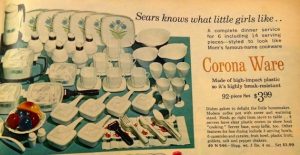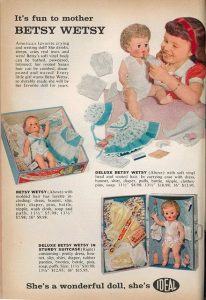
Since the fateful attacks on Hiroshima and Nagasaki in August, 1945, the atomic bomb has loomed in American culture as a highly disputed icon. Opinions of the atomic bomb and its use in World War II range from necessary evil for the war effort to a deplorable war crime and from a favor to the Japanese people to an important piece of American history to be studied thoroughly. The question of how the story of the atomic bomb should be told has brought into contention America’s role as liberator or villain, victor or war criminal. Some attempts to simply convey the historical facts of the situation have been dragged into the muddy debate. The divided public opinion over the atomic bomb and its story as part of American history brought to mind another American icon that is a hot topic, especially in recent years: the Confederate Flag. This flag and the atomic bomb may seem to have little in common at first. One is a catastrophic weapon used by the U.S. military in WWII and the other is a square or rectangle that became famous (or infamous) in the Civil War over half a century before. But they share a common thread in that their histories, modern interpretations, and justifications are feverishly argued about.

The Confederate Flag that immediately comes to mind and that is the subject of debate most often is not the actual flag of Confederate States of America, but a battle flag used by specific armies in the confederacy. Since the Civil War and Reconstruction, the flag had been used in other capacities. Military units consisting of mostly Southerners used the flag in World War II. It has been used by state flags, political groups, popular culture, and countless other instances. Today it exists as a disputed symbol. Some argue that the flag embodies hate, racism, and the divisions of the American Civil War. Others assert that it is a matter of local pride for Southerners and their history. Arguments in local and national politics frequently flare up over whether the flag is inherently racist, should it be allowed in government or public spaces, and whether restrictions over the flag and its use are violations of the right to free speech.

These debates are somewhat similar to the debates over the atomic bomb. Was it necessary? Do military needs justify the deaths of tens of thousands of civilians? Can we remember the bomb without celebrating it or villainizing America? All of these questions and many more are still being pursued, just as the debate over the Confederate Flag is no where near settled.
Sources:
https://en.wikipedia.org/wiki/Modern_display_of_the_Confederate_flag#Revival_and_controversy
https://en.wikipedia.org/wiki/Confederate_States_of_America
https://en.wikipedia.org/wiki/Nuclear_weapon#/media/File:Nagasakibomb.jpg
https://en.wikipedia.org/wiki/Modern_display_of_the_Confederate_flag#/media/File:Battle_flag_of_the_Confederate_States_of_America.svg
http://www.carltonzone.com/blog/2015/6/23/the-confederate-flag-debate-a-balanced-view
http://www.ww2incolor.com/colorizations/WW2Confederateflag+-+Copy+-+Copy.html
https://countryrebel.com/blogs/videos/42648451-dukes-of-hazzard-car-general-lee-to-be-stripped-of-controversial-confederate-flag


